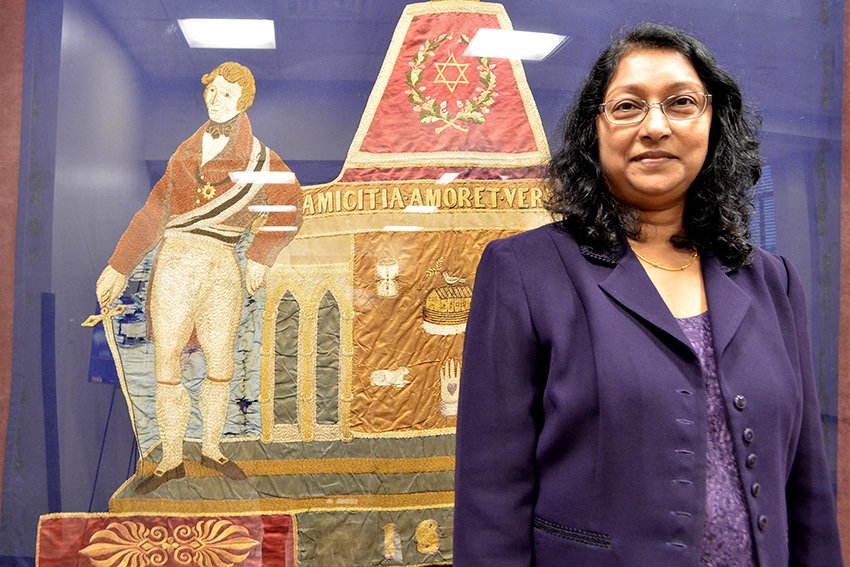Sumudu Atapattu, the director of Research Centers and a senior lecturer at the University of Wisconsin Law School, spoke on the relationship between human and environmental rights in a talk Monday hosted by the Rapoport Center for Human Rights and Justice.
Atapattu said one of many fundamental issues with international environmental law is a lack of recognition of a definitive right to a healthy environment.
“International human rights law does not recognize a specific right to a healthy environment,” Atapattu said. “But there is an increased move towards articulating environmental rights at the international level through environmental case laws.”
Atapattu said the 1994 case of Lopez Ostra v. Spain, in which children were getting sick from being exposed to air pollution, is an example of using human rights to litigate closely related environmental issues.
“[Lopez Ostra v. Spain] was filed under Article 8, which deals with the right to privacy and family life,” Atapattu said. “The children started getting sick and the pediatrician recommended that they move to a different area because there was heavy air pollution coming from the tanneries. The symptoms were consistent with living in a highly polluted area. The court found a violation of Article 8.”
The response to the lack of legal framework for environmental issues has caused plaintiffs to appeal to related human rights violations instead, Atapattu said.
Florian Lehne, a Fulbright scholar and law student, said the current goal is still to bring human rights and environmental law together, rather than prosecuting human rights violations.
“[There is a] challenging but very necessary need to make a connection between human rights and environmental issues.” Lehne said, “There are already environmental frameworks on an international level. The most famous one is the Paris agreement. The problem of all those mechanisms is that you cannot really litigate. There are no mechanisms to hold anyone liable.”
Daniel Brinks, the director of the RCHRJ, said it is hard to remain optimistic when considering the difficult circumstances of environmental law and its violators.
“So many communities that have brought claims and … won in the courts, but then didn’t get any compliance.” Brinks said, “[With] all the challenges we’ve raised … it seems like what we need is something completely new. A whole new structure, a whole new framework. Something that lets us cross borders, follow supply chains, cross generational divides.”





















